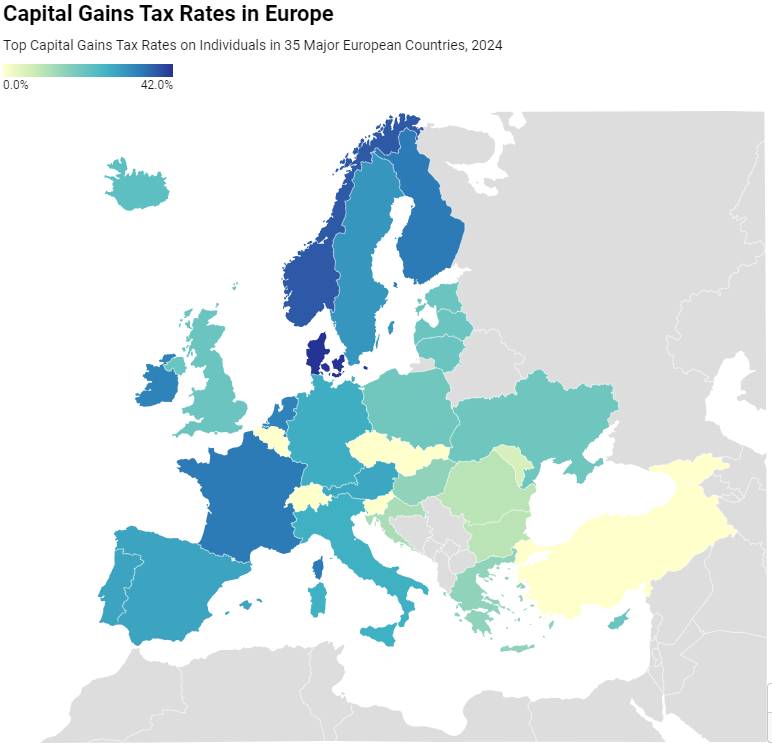High-Tech Groups and EFF Revive Patent Troll Narrative and Other Lies
“Only someone who is completely unfamiliar with patent law and patent practice, and how the USPTO implements both, could make such a ridiculously absurd argument that the claims at issue in Alice would suddenly become patentable. That is not true.”
Efforts by high-tech companies to undermine both the Patent Eligibility Restoration Act of 2023 and the Promoting and Respecting Economically Vital American Innovation Leadership (PREVAIL) Act ramped up this week, with a joint letter sent to the Senate Judiciary Committee by a number of tech industry organizations on Monday and a campaign launched by the Electronic Frontier Foundation (EFF) yesterday.
PERA was introduced in June 2023 by Senators Chris Coons (D-DE) and Thom Tillis (R-NC) and PREVAIL was introduced on the same day by Coons, Tillis, their colleagues, Dick Durbin (D-IL) and Mazie Hirono (D-HI). PERA would eliminate all judicially-created exceptions to U.S. patent eligibility law and PREVAIL would make a number of changes aimed at reforming the Patent Trial and Appeal Board (PTAB).
The joint letter was signed by organizations including the High-Tech Inventors Alliance, the Computer & Communications Industry Association, The App Association, United for Patent Reform and others. It urged Senate Judiciary Committee Chair Durbin and Ranking Member Lindsey Graham (R-SC) not to move forward on PERA because it “would turn the U.S. patent system upside down, severing patent rights from their historic mooring to improvements in technology.” The letter also presaged a “wave of crippling litigation against American manufacturers, innovative technology companies, and main street businesses.” To illustrate the harms, it listed a number of patents that have been killed under Section 101 but that the authors claim would be allowed under PERA and that they say “would do serious harm to the American innovation economy.”
The EFF campaign, predictably, revived the “patent troll” narrative, urging members of the public to tell congress to kill the two bills. Among other claims, EFF said that PERA would allow the patent at issue in Alice v. CLS Bank along with other “outrageous” patents.
Who’s the Troll?
The patent troll narrative always was, and continues to be, a big lie. Those who continue to use the pejorative label are engaging in subterfuge to obscure the obvious—the policies they have championed for the past 15 years have destroyed the American innovation ecosystem and given China and Europe the upper hand in cutting edge areas like artificial intelligence.
It is, of course, true that there are bad actors in the patent litigation ecosystem, including many who bully innovators by engaging in what is known as efficient infringement (i.e., the realization it is ultimately cheaper to steal than to pay for what you take). Some efficient infringers even proudly proclaim they will never take a license ever until they’ve spent hundreds of millions of dollars fighting all the way to the Supreme Court, as Apple has gone on record saying at the International Trade Commission.
Of course, the EFF and so many in the media never call Apple a patent troll. Why? Apple held up Samsung using only their design patents, crying for many years about how Samsung should be ordered to pay billions of dollars simply because they made a phone that resembled the iPhone. And Apple makes nothing in the United States, importing everything from overseas, and has even been linked to Chinese sweatshops over the last decade.
Apple, and many others that shout the loudest about patent owners, either need to be considered trolls themselves or this pejorative label needs to be retired. Because only in an Orwellian world full of doublespeak can such a truly bad actor skate free and innovators be wrongfully vilified as bad actors.
PERA Doesn’t Make Bad Patents Suddenly Patentable
And as far as the claims in both the letter and of EFF that dozens of bad patents would suddenly be allowed under PERA, it is a bridge too far to say claims are allowable simply because they successfully overcome the Section 101 exclusions to patent eligibility. There are other parts of the statute that need to be satisfied in order for a claim to be allowable, including Section 102, which relates to novelty, Section 103, which relates to obviousness, and Section 112, which relates to adequately describing the invention—and actually having an invention. So, all PERA does is return to Supreme Court law prior to Alice and Mayo, when the Supreme Court said in Diamond v. Diehr that decisionmakers are prohibited from pushing the entire patentability inquiry into 101 and instead must allow the rest of the statute to do the work for which it is written and designed. Truthfully, Alice and Mayo departed from a very long line of Supreme Court cases that all ruled exactly the opposite—PERA just returns the status quo that existed for 200+ years.
And only someone who is completely unfamiliar with patent law and patent practice, and how the U.S. Patent and Trademark Office (USPTO) implements both, could make such a ridiculously absurd argument that the claims at issue in Alice would suddenly become patentable. That is not true. The claims do not teach any invention, and basically do little more than hand waving about the involvement of a machine, never even reciting a machine or device, merely saying that there will be electronic communications. Presumably, “electronic communications” envisions some machine of some kind somewhere, but that type of inferential claiming without any tangible support or description simply won’t be allowed by the USPTO in what has become an era requiring extraordinary description and detail to satisfy the 112 hurdle to patentability.
Image Source: Deposit Photos
Author: kikkerdirk
Image ID: 118819276
Gene Quinn
Gene Quinn is a patent attorney and a leading commentator on patent law and innovation policy. Mr. Quinn has twice been named one of the top 50 most influential people […see more]







